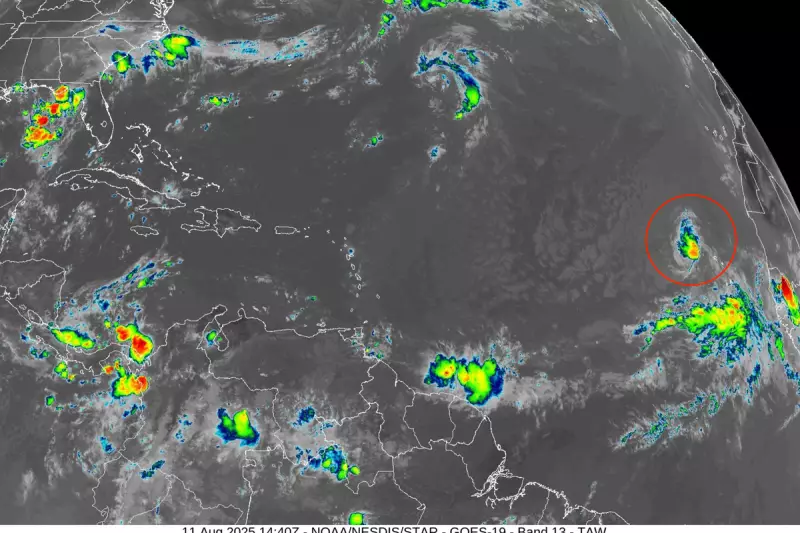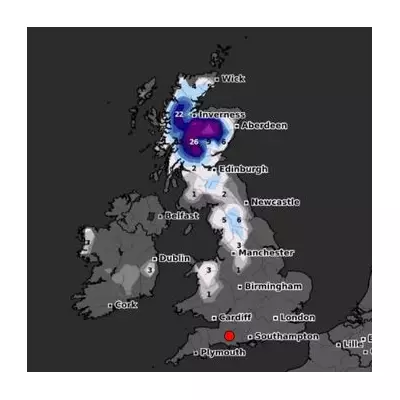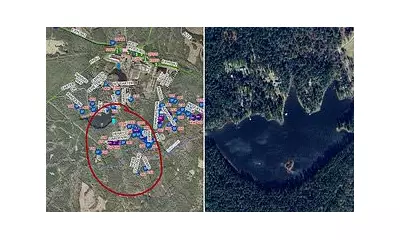
The United States is gearing up for what experts predict will be a highly active Atlantic hurricane season, with multiple storms expected to make landfall. Meteorologists are sounding the alarm as climate patterns suggest an increased likelihood of severe weather events.
Why This Season Could Be Different
This year's hurricane season is shaping up to be particularly intense due to a combination of warmer ocean temperatures and shifting wind patterns. These conditions create the perfect breeding ground for powerful storms that could threaten coastal communities.
Key Factors Driving the Forecast:
- Unusually warm Atlantic sea surface temperatures
- Weakening El Niño conditions transitioning to La Niña
- Reduced wind shear that typically disrupts storm formation
- Higher atmospheric moisture levels
Areas at Greatest Risk
While the entire Atlantic basin faces increased storm activity, certain regions are particularly vulnerable:
- The Gulf Coast, still recovering from previous hurricane damage
- Florida's densely populated coastal areas
- The Carolinas, which have seen devastating floods in recent years
- Northeastern states increasingly experiencing tropical storm impacts
Preparing for the Worst
Emergency management officials are urging residents in vulnerable areas to take precautions now rather than waiting until storms form. Essential preparedness steps include:
- Reviewing evacuation routes
- Stocking emergency supplies
- Securing property against wind damage
- Understanding flood risks in your area
With climate change contributing to more extreme weather patterns, experts emphasize that this active hurricane season may become the new normal rather than an exception.





